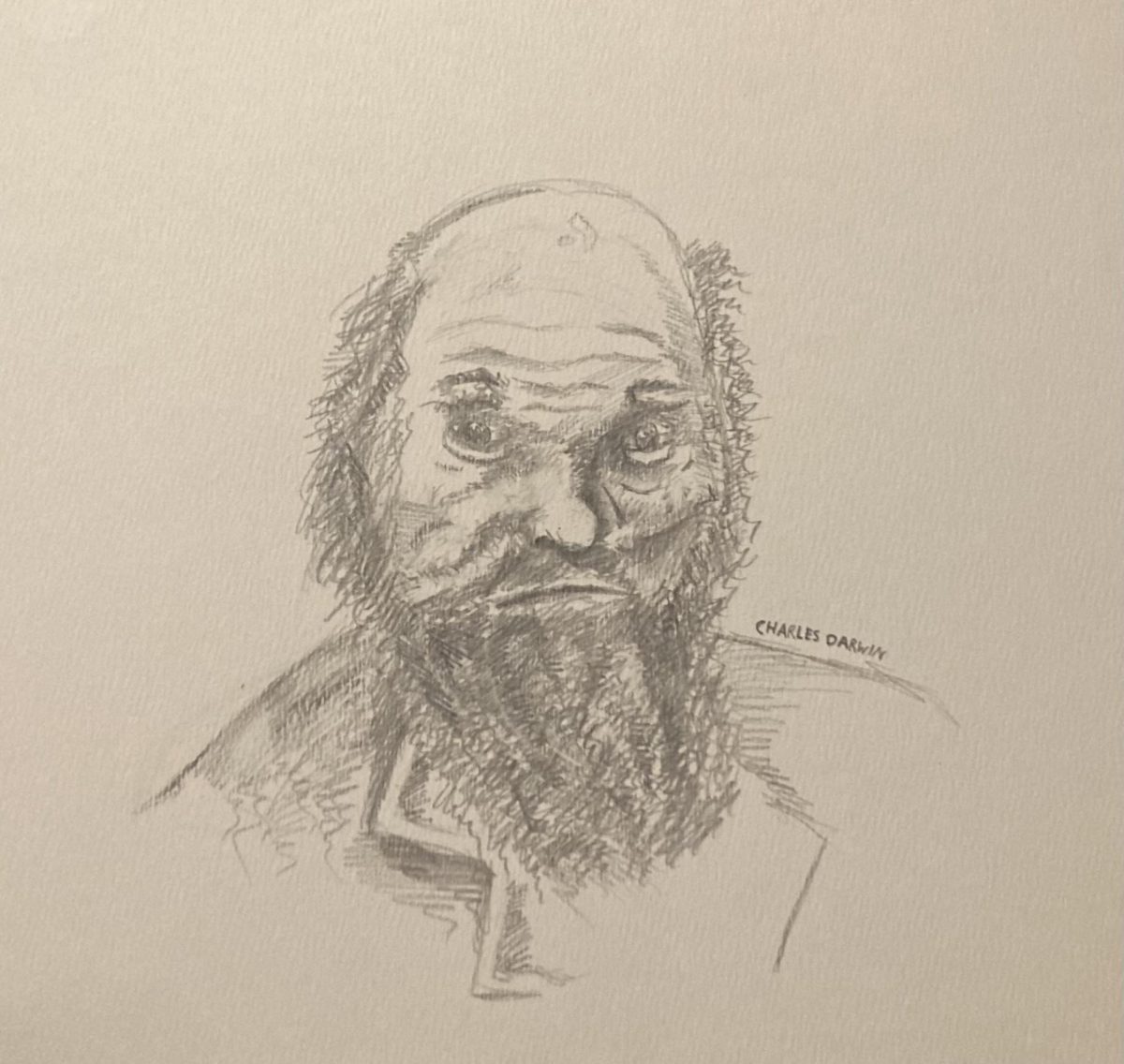We live in a world bloated with information and ideas—sometimes, trying to discern fact from fiction can be surprisingly difficult. This task can be made harder when one lacks education or background knowledge, and evolution is a prime example. For some, the idea that human origins can be traced back to single-celled life seems inconceivable. However, once properly understood, evolution makes more sense than anything creationism has to offer and is as verifiable as the fact that gravity pulls us towards the center of the Earth.
How does evolution work? You may have, while surfing the ‘net, seen a colorful graphic of a dog-like mammal slowly becoming larger and more aquatic before finally turning into a whale—and you may have thought to yourself “huh? How does that work?” Although useful, these entertaining videos condense tens of millions of years into a couple of seconds, potentially leading to confusion. Evolution is based around the principle of natural selection: animals which are better adapted to their environment will survive and produce more offspring than those less well-adapted.
With every new generation of animals, there are various small changes, or ‘mutations’ in the species’ genetic makeup—some beneficial, some harmful. The animals with beneficial mutations will be more reproductively successful, and transfer those mutations to the next generation—whether it be slightly bigger limbs, furrier ears, or even a larger brain. Over millions of generations, after this process has been repeated countless times, animals emerge with traits very different from those of their predecessors.
Why we know life is a result of evolution:
Evolution provides an explanation for everything we know about life on Earth—including ourselves. Despite what Samuel Lee posits in his recent article (entitled “The Myth Of Evolution”), there is a plethora of fossil evidence for evolution, including that of humans. And yes, while the majority of it is ‘fragmentary,’ there is such a wealth of fossil fragments that entire species can be reconstructed with ease. The fossil record shows a clear picture of primates leaving the trees, adopting bipedalism, developing larger braincases, and finally taking on tool use. The sediment layers in which fossils are found, as well as radiometric dating results, are all consistent with this progression.
According to creationists, evolution is unverifiable—but we can see it happening all around us, in a process known as ‘microevolution’. During the industrial revolution, many species of moths developed darker pigmentation to blend in with the polluted, blackened environment. And if neither of these are convincing enough, genetics confirms that all living organisms are distant cousins. According to the American Museum of Natural History, we share almost 99% percent of our genome with chimpanzees, demonstrating how recently their ancestors split off from ours.
Evolution is a daunting concept, and can take many years to fully grasp—but the only people denying it are creationists, who, rather than gathering their own evidence and assessing what it tells them, try to poke holes in existing science and make claims based solely on millennia-old religious texts. Humans aren’t any less amazing because we came from tree-dwelling primates. We are a part of everything around us—and that makes life all the more fascinating.
This article also appears in our January 2025 print edition.









